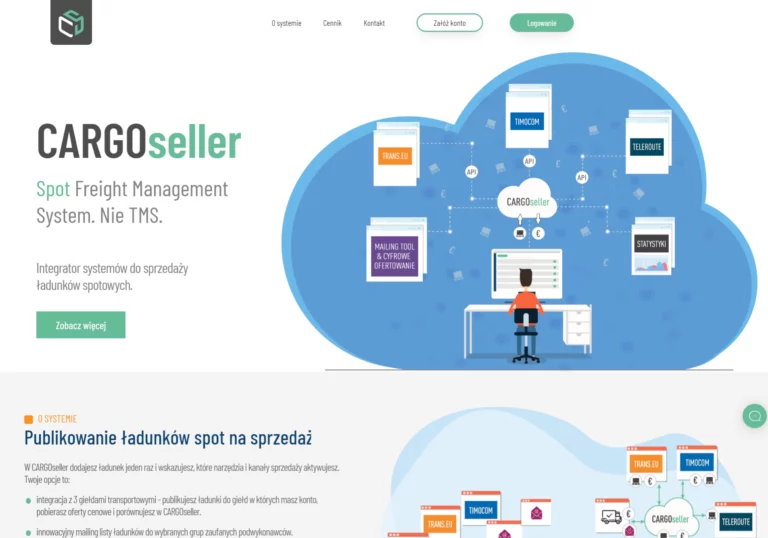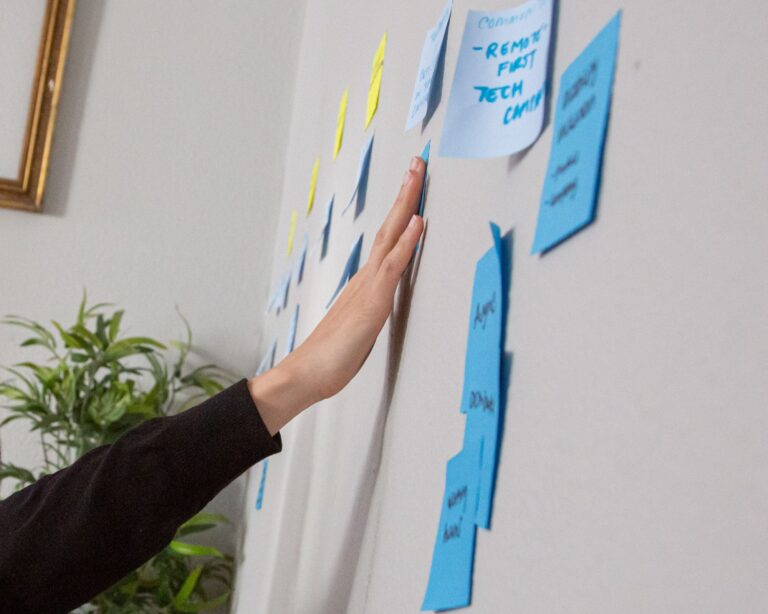Let me ask you a simple, yet not-so-obvious question: who is the most crucial in the success of your software product? I have asked the same question many times and the answer I hear is never the same. People mention the business owner, the head of marketing, the product manager, and even the software developer. All these people are irreplaceable parts of your success but the biggest VIP that everything depends on is… the user. After all, all experts can do their jobs perfectly, but it is the user who dictates what they do in the first place. So today, let me present to you the method that helps to create the greatest user experience – user story mapping.
What is user story mapping?
User story mapping is used to understand the customers better and therefore align and prioritize work to best satisfy their needs connected with your product. Such activity in Agile helps to address the changes to the user requirements speedily.
When did user story mapping emerge?
The precursor of the idea of user story mapping is a software leader, Jeff Patton. He developed and shared extensive know-how regarding this exercise. In this method, the Agile teams outline the user’s interactions with the product and assess which approach and task completion benefit the customers the most. Thanks to that, the teams can easily decide which parts should be built next. User story mapping is the opposite of following the strict rules and planned tasks of the backlog. Therefore, it provides the most valuable help in the process of creating a product that suits the users’ needs.
What are user stories in Agile?
The user story mapping method focuses on analyzing user requirements through user stories. These stories are written by the team members in a specific format helping to include business value that can be achieved during the sprint. So what is user stories in Agile? To best describe it, let’s take a closer look at the benefits it brings to the process of creating software.
Benefits of user story mapping
Let me outline the advantages of user story mapping in more detail.
Emphasis on user value
Building a user story map allows one to see the product from the user’s perspective. It assesses their experience of the product and therefore indicates the actions taking of which will have the best results.
Prioritization of the right steps
Agile teams use user story mapping to deliver a Complete Product Experience, which consists of deciding on the most important tasks, organizing them into sprints, and often deprioritizing certain work if its user value is of less significance.
Setting clear requirements of appropriate size
When the project is large, it may be hard to break it down into well-sized parts. Sometimes, it is even difficult to picture how large the parts of the project might be. This is where user story mapping helps to picture how project parts work together.
Frequent and early delivery of new value
Thanks to user story mapping, the teams can deliver outcomes of the most value to the users faster. Furthermore, they can get the feedback straight away and based on that feedback decide on the most valuable product features.
Risks and dependencies exposure
Thanks to the holistic view of the product, the team can see not only the outcomes but also the obstacles, risks, blocks, or dependencies that may be encountered along the way to successful product delivery.
User stories examples
The general formula for an effective user story mapping may look like the below:
[type of user] want(s) to [action] to [benefit].
User stories examples:
I want to organize my tasks to perform better at work.
Mark wants to invite friends so he can share his ideas.
The CEO wants to generate reports to examine the data closely.
Is it not one of the easiest methods to define requirements? The best thing about the formula is that teams can adjust it to their needs. Of course, as long as the structure resembles the same components and deals with the same issues. These are:
[type of user] – people who you build the software for. By identifying a specific user, we understand well who that person is, how they work, and what they feel and think. We also feel empathy for that person.
[action] – we identify what they are trying to do or achieve
[benefit] – why they want the [action] to happen. It is the ultimate goal the user has in mind, the biggest problem to solve.
Problems connected to user story mapping
The idea and the technique behind user story mapping seem straightforward. Moving fast and creating software that users love sounds like a dream come true. However, sometimes the teams are not appropriately prepared and the results of user story mapping are far from what is desired. What can go wrong? Below are a few issues that can occur:
Customer not clearly identified – the user must be clearly identified to accurately determine their experiences of the product and therefore correctly map their stories.
Problem not clearly identified – one of the prime motivations in creating software is its ability to solve certain issues customers come across. If the team does not know what those issues are, it is extremely hard to conduct user story mapping correctly. Incorrectly identified problems may even mean that the user story mapping exercise is fruitless. It may derail months of work and many resources invested in the sprints.
Simple Roadmap to Successful Software Products with Sailing Byte
User Story Mapping is a powerful technique in the Agile development process that helps bridge the gap between stakeholders and the development team. By collaboratively visualizing the entire user journey, we can effectively capture and prioritize requirements while maintaining a focus on user needs.
At Sailing Byte, we frequently use user story mapping to effectively meet the requirements of high-value product delivery and enhanced team collaboration. It helps us to achieve a clearer vision of stakeholders’ aims, and customer needs and achieve those requirements by providing efficient product development. Book a call to discover the user stories examples we use to deliver great products to our Clients and how we can use user story mapping in your project.




